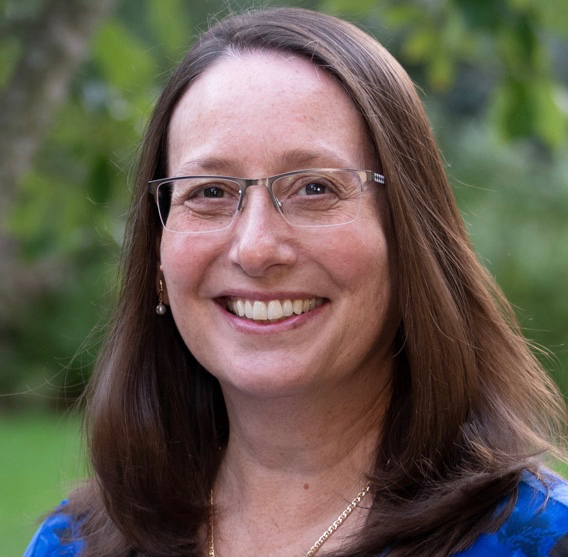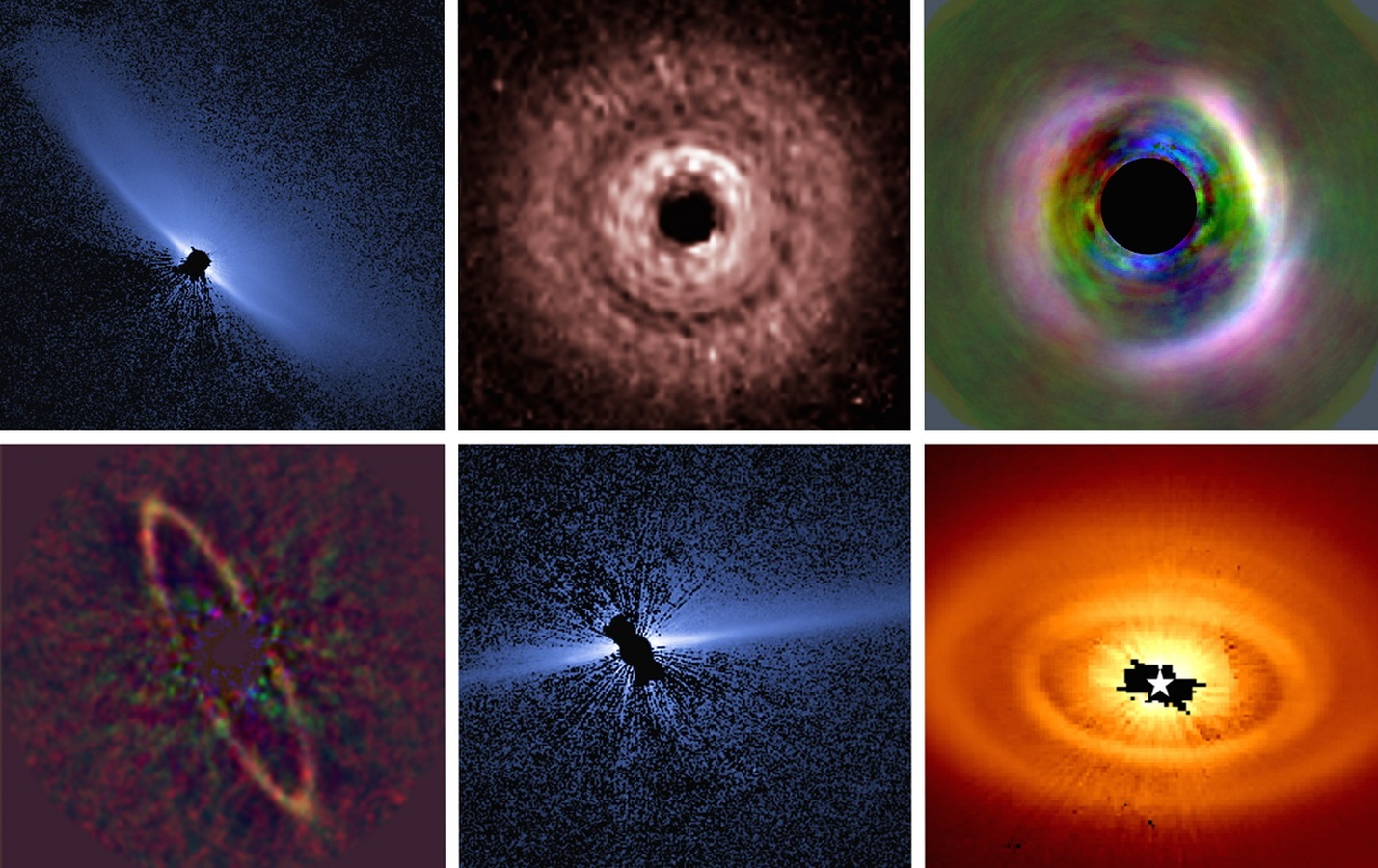Join us to learn from Carnegie Earth and Planets Laboratory astronomer Dr. Alycia Weinberger about an exciting new instrument in development for the telescopes of Carnegie's Las Campanas Observatory in Chile.
 In their youth, stars are surrounded by a rotating disk of gas and dust from which planets are born. Weinberger observes young stars and their surrounding disks and searches for and studies new and known planetary systems. Young disks contain the raw materials for building planets and the ultimate architecture of planetary systems depends on the distribution of these materials as the system evolves. Studying the disks surrounding nearby stars help Weinberger and other astronomers better understand the conditions for planet formation and the tremendous variety of known exoplanets.
In their youth, stars are surrounded by a rotating disk of gas and dust from which planets are born. Weinberger observes young stars and their surrounding disks and searches for and studies new and known planetary systems. Young disks contain the raw materials for building planets and the ultimate architecture of planetary systems depends on the distribution of these materials as the system evolves. Studying the disks surrounding nearby stars help Weinberger and other astronomers better understand the conditions for planet formation and the tremendous variety of known exoplanets.
To advance the capabilities of Carnegie's Magellan telescopes, and prepare for the advent of the Giant Magellan Telescope, which is currently under construction at Las Campanas, Weinberger is working with UT Austin to develop a new instrument called MagNIFIES (Magellans' Near-Infrared Five-band Immersion grating Efficient Spectrograph). It will have the largest simultaneous spectral coverage of any high-resolution spectrograph in the world.
In this program, Weinberger will explain how MagNIFIES will enable breakthrough research in the study of young stars and their surrounding disks as they form and interact with any newborn planets. She will also discuss how the instrument will allow astronomers to reveal the molecular makeup of the atmospheres of distant worlds—information that is crucial to the understanding of what makes an exoplanet potentially capable of hosting and sustaining life.
Weinberger joined Carnegie in 2001, making this her 20th anniversary at the institution. Prior to that, she was a postdoc in astronomy and astrobiology at UCLA. She earned her Ph.D. in physics from Caltech and a bachelor's degree in physics from the University of Pennsylvania. She was in the inaugural class of fellows of the American Astronomical Society and a recipient of the society's Annie Jump Cannon Award.
